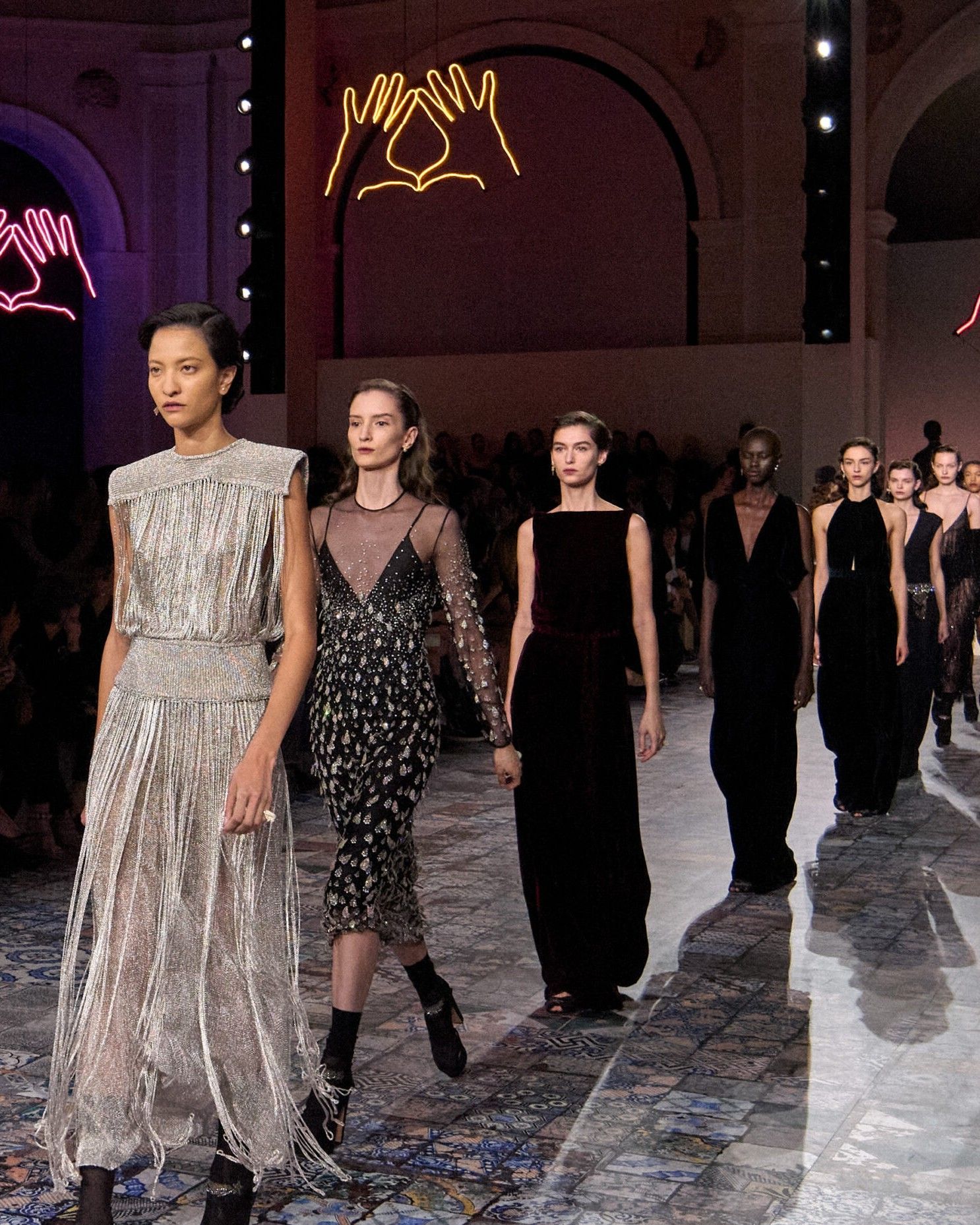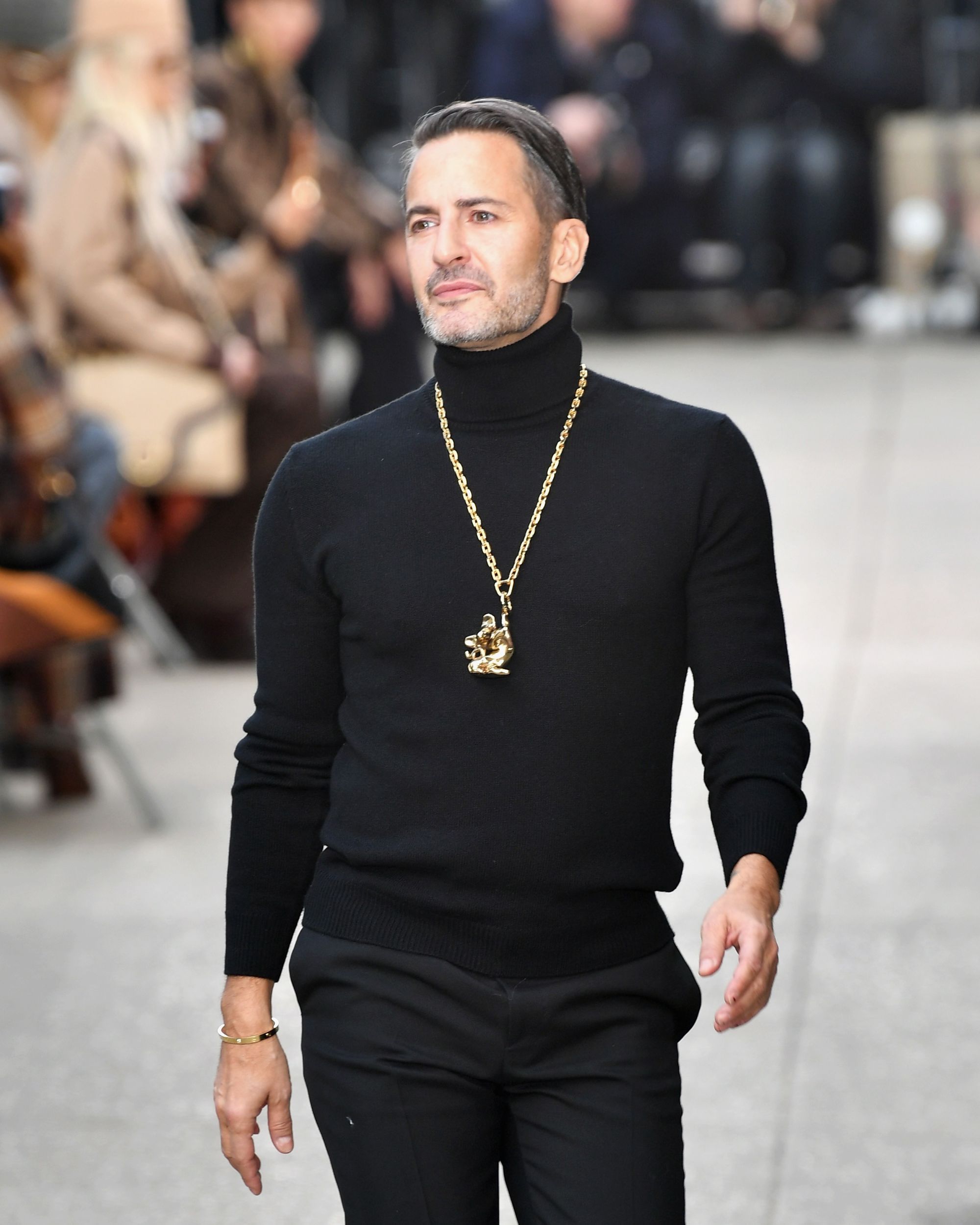
Business is not that great for LVMH First three months of 2024 close below the brightest expectations
The luxury giant LVMH announced yesterday that it had recorded a 2% decline in first-quarter sales, signaling the death knell for the post-pandemic sales boom that characterized the luxury market in recent years. The decline was particularly felt in the United States and Europe, where consumers were deterred by continually rising prices. Despite this overall contraction, LVMH's organic sales managed to register a 3% increase, in line with market expectations but still marking the slowest quarter for the group since the pandemic. The cornerstone of LVMH's empire, its fashion and leather goods division, recorded modest growth of 2%, a figure lower than the 9% increase observed in the last quarter of 2023, which nonetheless remains in line with analysts' forecasts. And while the group does not reveal the performance of individual brands, the group's CFO Jean-Jacques Guiony said that Louis Vuitton performed slightly above average while Dior performed below – suggesting that all other brands likely experienced fairly weak sales.
@cnbc Luxury brands are seeing the impacts of a global slowdown. CNBC’s Robert Frank reports on the future of the luxury consumer.
original sound - cnbc
Even the watches and jewelry segment has started to struggle, recording a 2% decline in sales. This decline is particularly significant considering the reopening of Tiffany & Co.'s flagship store in New York, which was expected to repay the group for a strong initial investment in the brand. More disastrous was the wine and spirits division, whose sales plummeted by 12%. The only good news comes from Sephora, which grew by 11%, and the perfumes and cosmetics division, which rose by 7%. And although this success underscores the importance of diversification in LVMH's stable, it is clear that there is a correlation between the division's growth and the fact that it sells products at accessible prices to a wider portion of the public, which, by the way, is beginning to become a species. The picture becomes even more nuanced when considering geographical areas: while sales grew by 2% in the US and Europe, in Asia, with Chinese consumer spending still up by 10% and revenues in Japan, boosted by the weakness of the yen, increased by 32%.
LVMH's fashion and leather division reports a modest 2% growth in Q1, its weakest since 2016 excluding pandemic times. Despite a previous 18% surge, recovery is slow with Chinese demand inching up but overall sales in Asia (ex JP) down 6%. the US market recovery remains elusive.
— Mohd Atasha (@mohdatasha) April 17, 2024
The situation is curious, especially regarding aspirational customers and the middle class who have actually fueled the growth of Sephora and beauty and who bring strong demand to the market that remains ignored or relegated outside of fashion brands. "We had repeated price hikes coming either from currencies, but more importantly from inflation that we had to reflect, and sometimes we anticipated a little bit, taking advantage of the strong demand to avoid doing too much too late," said Guiony. "No doubt that the aspirational customer has to adjust to that new normal. Most of our competitors have been doing the same, so I’m not particularly worried as to the acceptance of the new level of prices from aspirational customers". The CFO also said that "as long as inflation will be a factor for this group of customers, we will not do miracles" with the aspirational customer segment, suggesting that the strategy will still be to continue raising clothing and handbag prices, which grew by 2% in three months, and jewelry, which grew between 4% and 6%. However, it is clear that the pricing game is one of escalation: brands could not, from a reputational standpoint, lower prices after raising them, as it would be like admitting that the raised price did not correspond to the value of the merchandise.















































